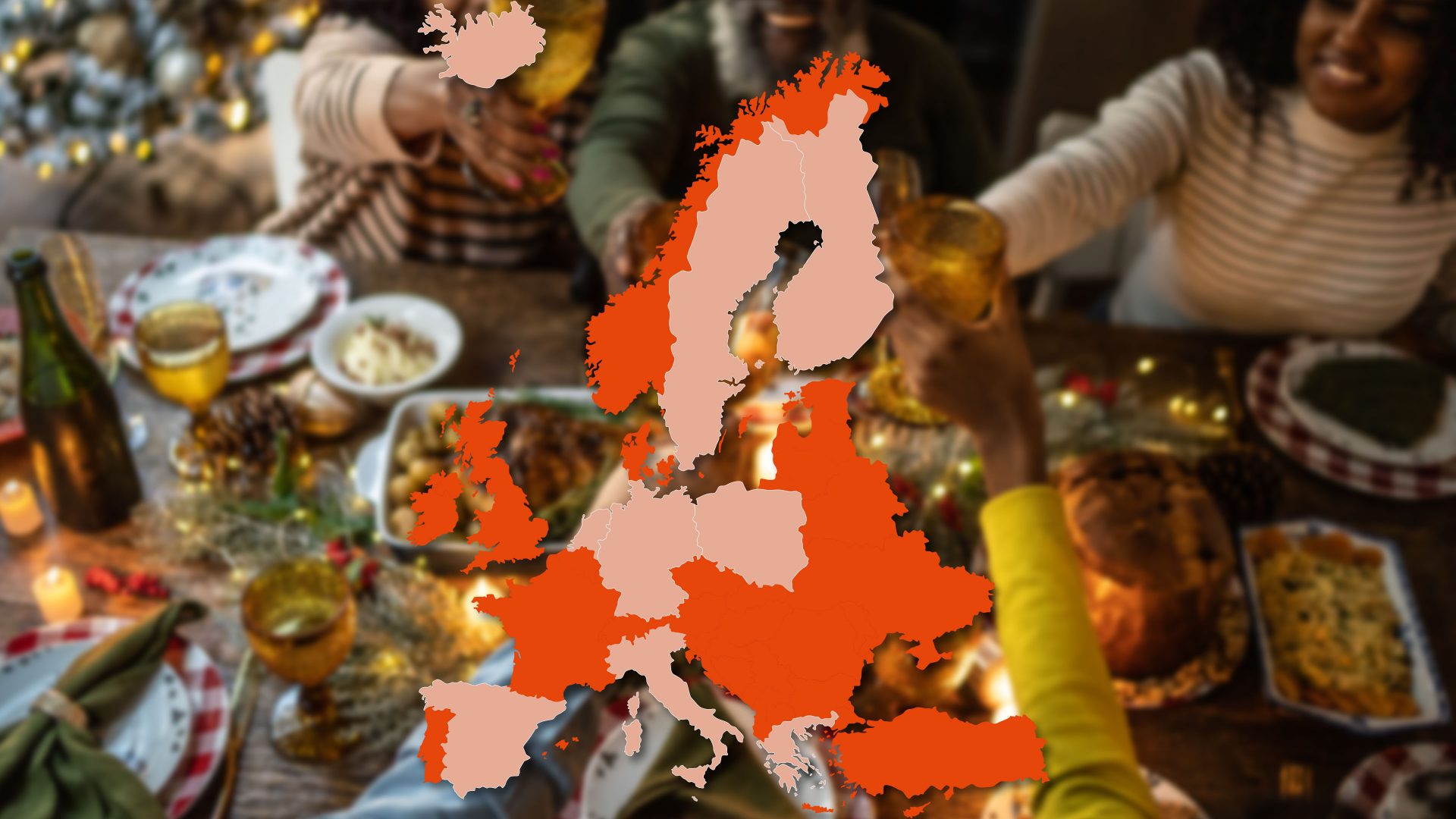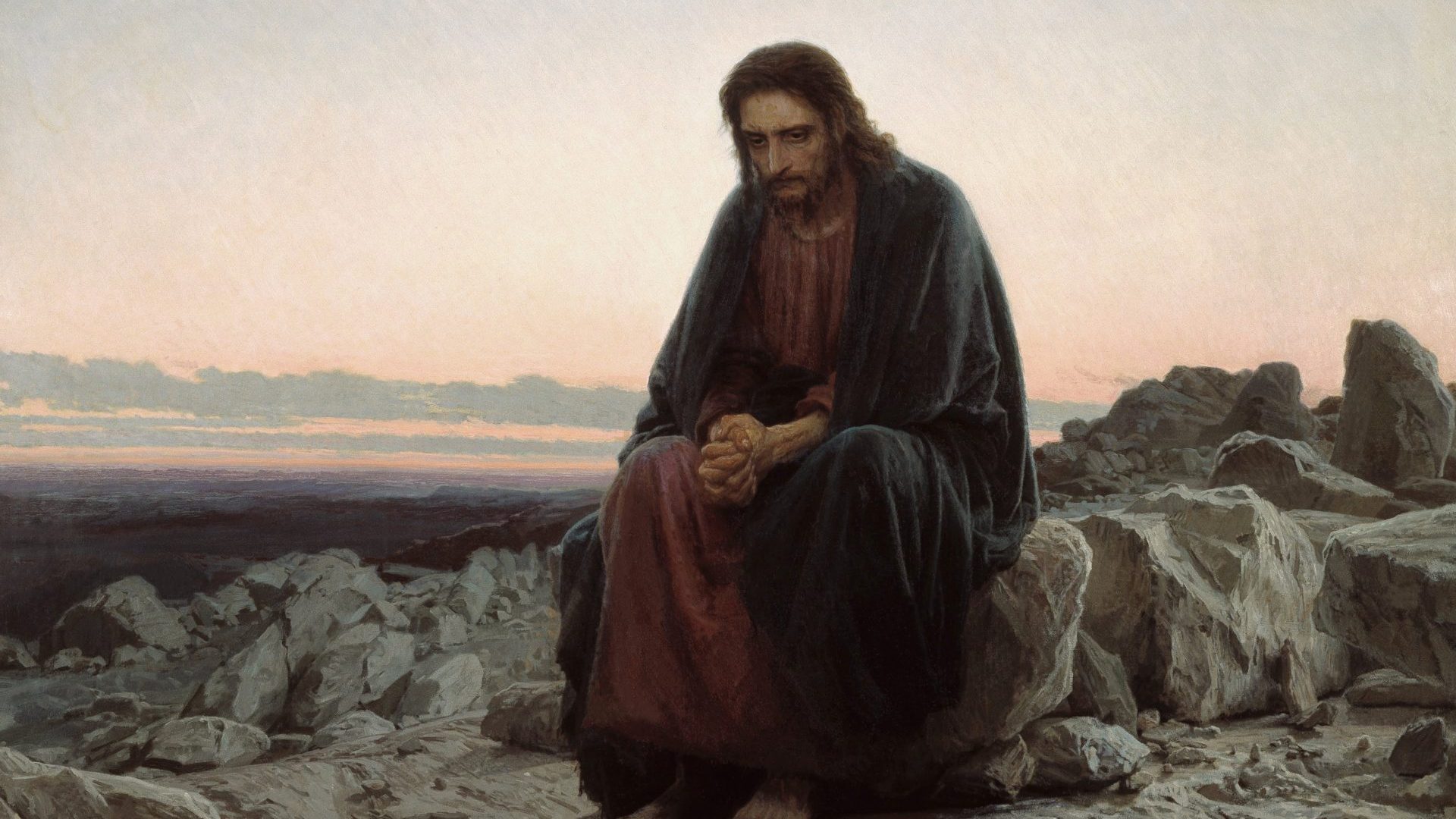ICELAND
Iceland has 13 “Father Christmases”, called the Yule Lads, who are said to live in the mountains and visit towns one by one in the 13 days leading up to Christmas. Children leave shoes out for them, and the Lads leave presents in them if they’ve been good or rotten potatoes if they’ve been bad. Icelanders are also expected to receive a new item of clothing for Christmas – or face being eaten by a giant cat who belongs to the Yule Lads’ mother, Grýla.
NETHERLANDS
Although not a Christmas celebration, the Dutch holiday celebrations begin with Sinterklaas, a children’s festivity which has been celebrated for more than 300 years. On December 5, Saint Nicholas (Sinterklaas) is said to come by steamboat from Spain to visit the homes of every child and leave them gifts. He is accompanied by the controversial Black Peter (Zwarte Piet), his assistant whose face is covered with soot and who has become an increasing cause of anti-racist protests in recent years. For more on this, see pages 24-25.
SPAIN
In possibly one of Europe’s oddest Christmas traditions, Catalans celebrate the holiday with a smiling log which poops out presents. The Tió de Nadal is a log, often decorated with a smiling face, which Catalans bundle in blankets and “feed” a little bit of food each night. On the day of Christmas, children place the log partly into a fire and then proceed to beat it with sticks while singing “If you don’t sh** well, I’ll hit you with a stick” in order to make it “defecate” treats. In reality the presents have been placed in the room by family members.
ITALY
Italian children receive their presents not from Santa but La Befana, an old, ugly witch riding a broomstick through the air wearing a black shawl and covered in soot. Tradition tells that if La Befana spots that someone has seen her, they will receive a thump on the shoulder from her broomstick, as she doesn’t wish to be seen. A popular poem goes: “The Befana comes by night/ With her shoes all tattered and torn/ She comes dressed in the Roman way/ Long live the Befana!”.
GREECE
There’s no danger of Greeks bearing gifts on Christmas Day – they hand out presents on New Year’s Day to celebrate the feast day of Agios Vasilis. This is also the day Greeks eat a traditional cake, vasilopita, with a gold coin or charm hidden inside. The tradition originates from the story of Saint Basil, who once had many valuables belonging to the people of Caesarea but didn’t know how to return them to the rightful owners, so – obviously – baked them into buns.
SWEDEN
A special celebration is St Lucy’s Day, on December 13, commemorating Lucia of Syracuse, an early-fourth-century virgin martyr under the Diocletianic Persecution. Schools and then cities elect a Lucy, and a national Lucy is elected on television from regional winners. The regional Lucies visit shopping malls, old people’s homes and churches, singing and handing out gingernut cookies. In recent years there has been some controversy over boys being Lucy.
FINLAND
Finnish children start Christmas Eve morning by watching Joulupukin kuumalinja, the Santa Claus Hotline, a live stream from Santa’s shed in Rovaniemi. There Santa chats with children on the phone before heading out to deliver their presents (he also used to read out their faxes, but even traditions change). At noon, 20 days of peace are proclaimed with a televised ceremony in Turku, the former capital and oldest city in Finland, and one which may feel particularly significant this year.
POLAND
Christmas Eve is a day of fasting followed by a sumptuous dinner consisting of 12 traditional dishes (reflecting the number of apostles), which in most homes starts with the appearance of the first star. Dishes vary by region, but often include fish or red beetroot soup, carp, pasta with poppy mass, jellied fish, herring in cream or oil, or kutia – a wheat pudding with poppy seed, honey and nuts. An empty seat with a set of dishes and cutlery is usually left for a traveller or homeless person.
GERMANY
Visitors to a German Christmas market may remember – or possibly not – trying Feuerzangenbowle, an immensely potent drink which is as much a feast for the eyes as for the taste buds. Strong rum is added generously to mulled wine, and the whole concoction is set on fire before being drunk. Many spend Christmas Eve watching Die Feuerzangenbowle, a cult 1944 film about a famous writer going undercover as a student.



